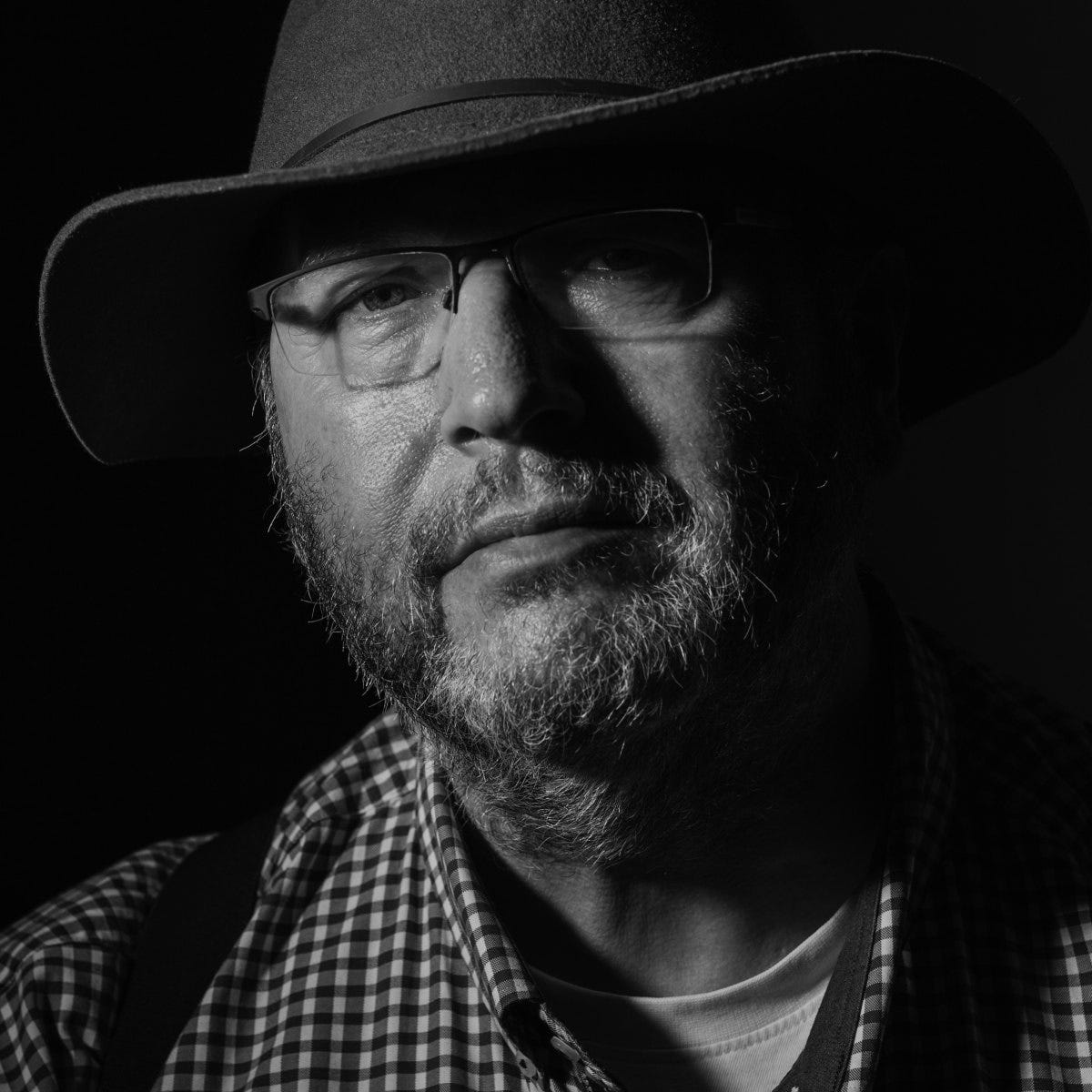This week I have an interesting newsletter for subscribers of Darkrooms. I´m posting an interview Cynthis Haynes had a few years ago with Willem Wernsen. Though the interview is not recent, it is timeless and full of interesting lessons Willem has learned over the years. All photos shown in this interview are recent and selected by the photographer.
Willem is a Dutch street photographer who has published several photo books. At the end of the post, you will find information about his book 101 Tips for Street Photography and a special offer featuring a free e-book On Street Photography which will be included with each order.
But first let’s read all about Willem Wernsen.
For over 38 years, Willem Wernsen has been hitting the streets all over the world, and since then, he has created widely recognized and award-winning work in a genre that seems like it should be easy (there are people everywhere; just point and shoot!)…
Keep reading with a 7-day free trial
Subscribe to Darkrooms to keep reading this post and get 7 days of free access to the full post archives.





